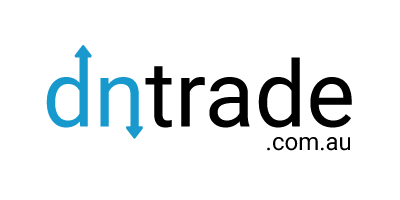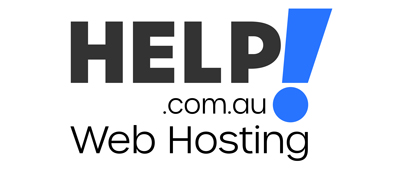Wot I mean
Sorry Don should have been more explaining. What I meant by values and deals I'm talking about the models in the UK that are from a start up VC process to tapping into huge traffic suppliers etc.
I'm not going to give any specifics but a lot of us on here are not here to buy and sell domains.
The media companies in Australia are the main players. Fairfax is all over it. Murdoch NO comment, remember when he didn't invest and the bubble and lost millions in late 90's to even now Career One lost 3.5 million after doing a deal with Monster and they still need more capital as Seek runs away with the market.
And suprise suprise Myspace is being relaunched another dud attempt by Murdoch to say I didn't really pay 3 billion and lose it all to Facebook.
The Murdoch list goes on and on and on...................................
The deals by the little guys are still to come.
Ten times earnings in the UK yes on net profit is about right for the online world. As for domain vals I'm not sure.
As Djuqa says the .com.au extension in undervalued as I've never met a man I agree with more.
But now its time to see the models flourish, some will fail and others will be left to pick up the pieces.
We're entering a very new and never seen phase in the next year or so.
Sorry Don should have been more explaining. What I meant by values and deals I'm talking about the models in the UK that are from a start up VC process to tapping into huge traffic suppliers etc.
I'm not going to give any specifics but a lot of us on here are not here to buy and sell domains.
The media companies in Australia are the main players. Fairfax is all over it. Murdoch NO comment, remember when he didn't invest and the bubble and lost millions in late 90's to even now Career One lost 3.5 million after doing a deal with Monster and they still need more capital as Seek runs away with the market.
And suprise suprise Myspace is being relaunched another dud attempt by Murdoch to say I didn't really pay 3 billion and lose it all to Facebook.
The Murdoch list goes on and on and on...................................
The deals by the little guys are still to come.
Ten times earnings in the UK yes on net profit is about right for the online world. As for domain vals I'm not sure.
As Djuqa says the .com.au extension in undervalued as I've never met a man I agree with more.
But now its time to see the models flourish, some will fail and others will be left to pick up the pieces.
We're entering a very new and never seen phase in the next year or so.






